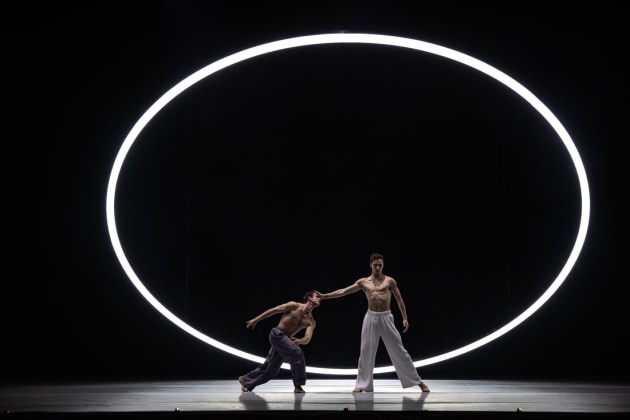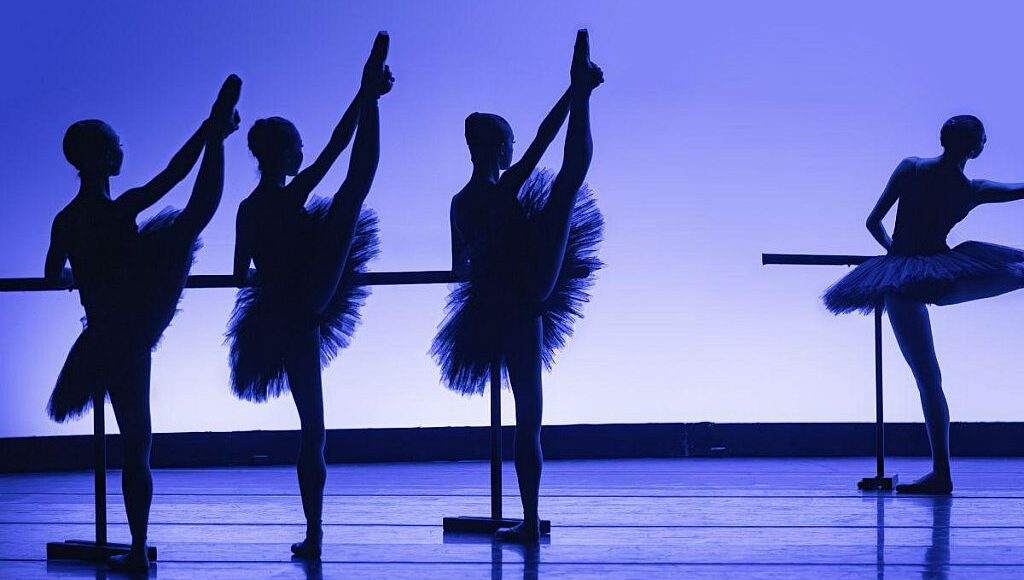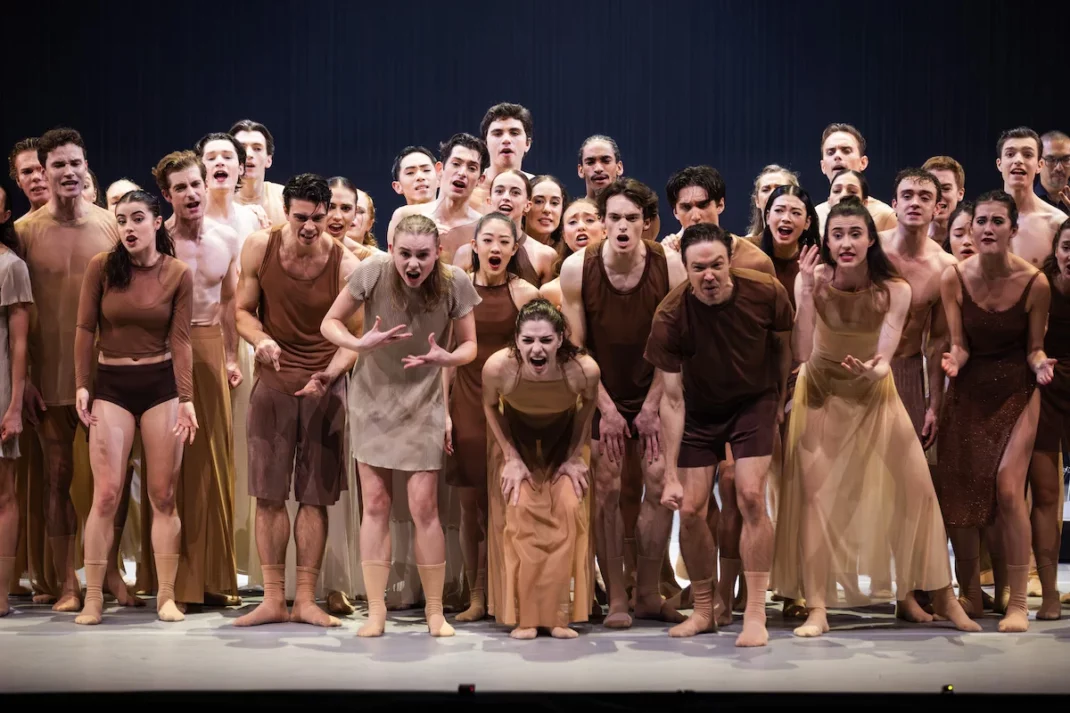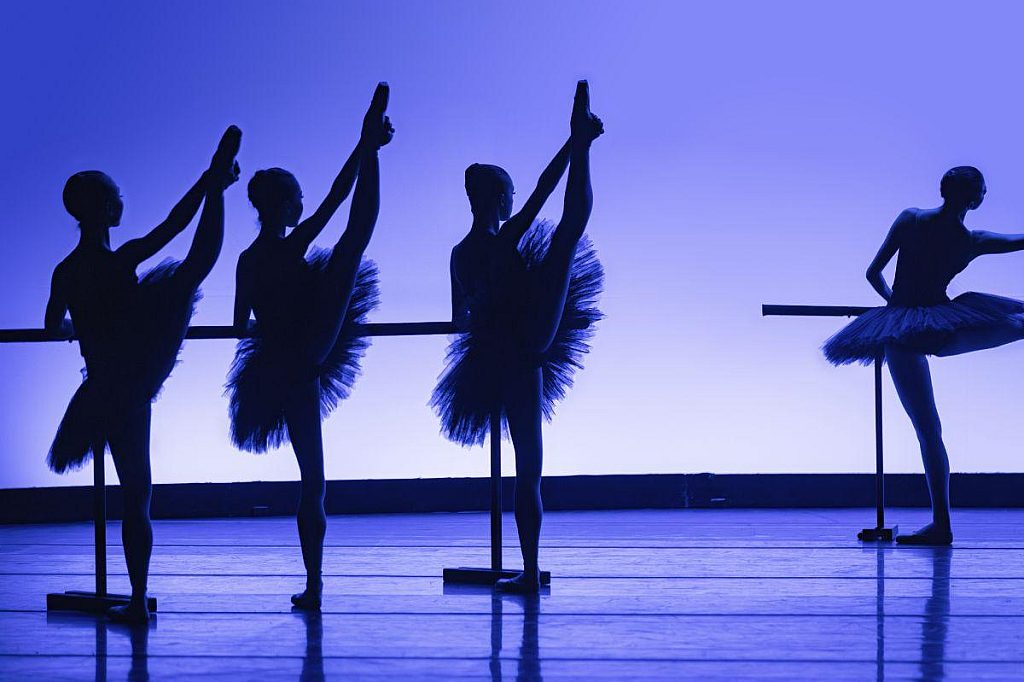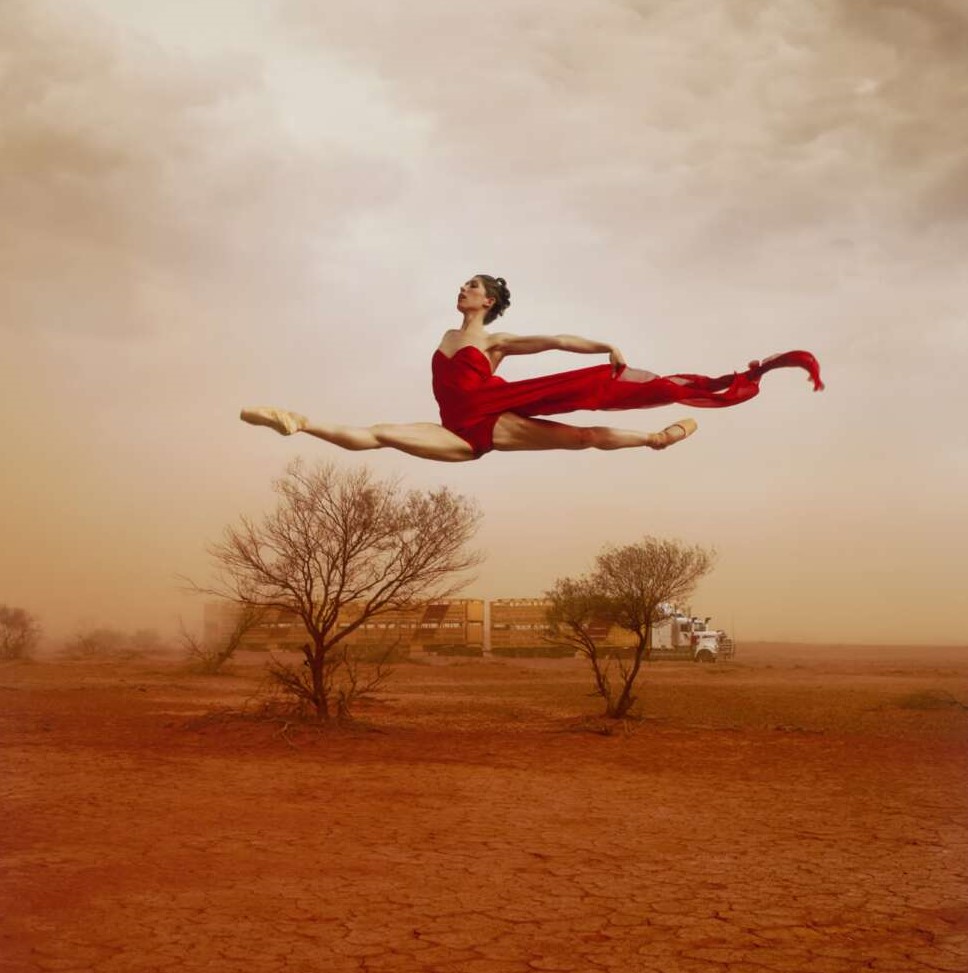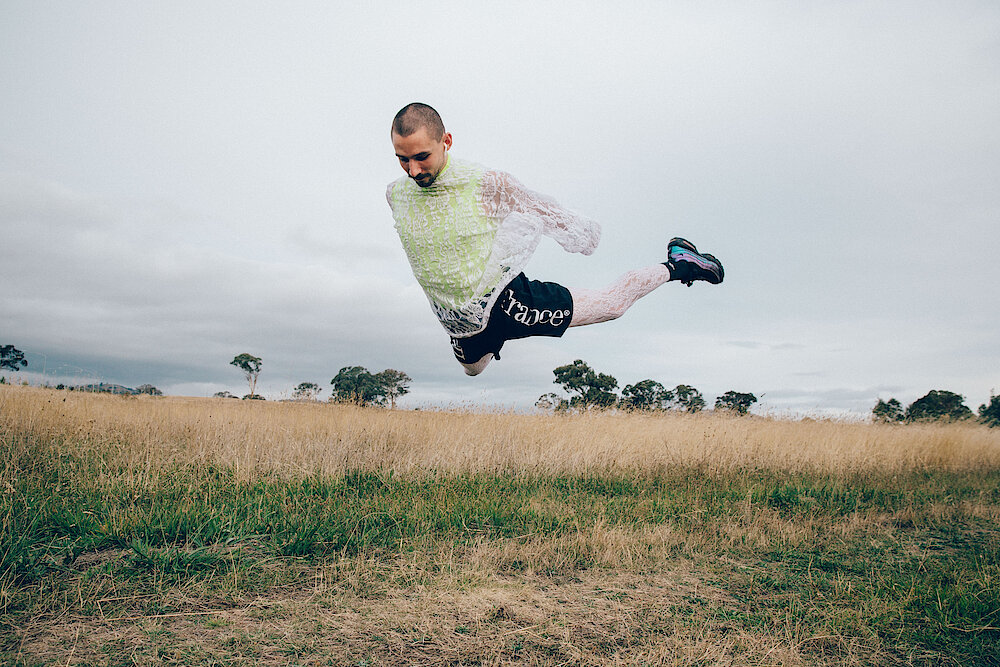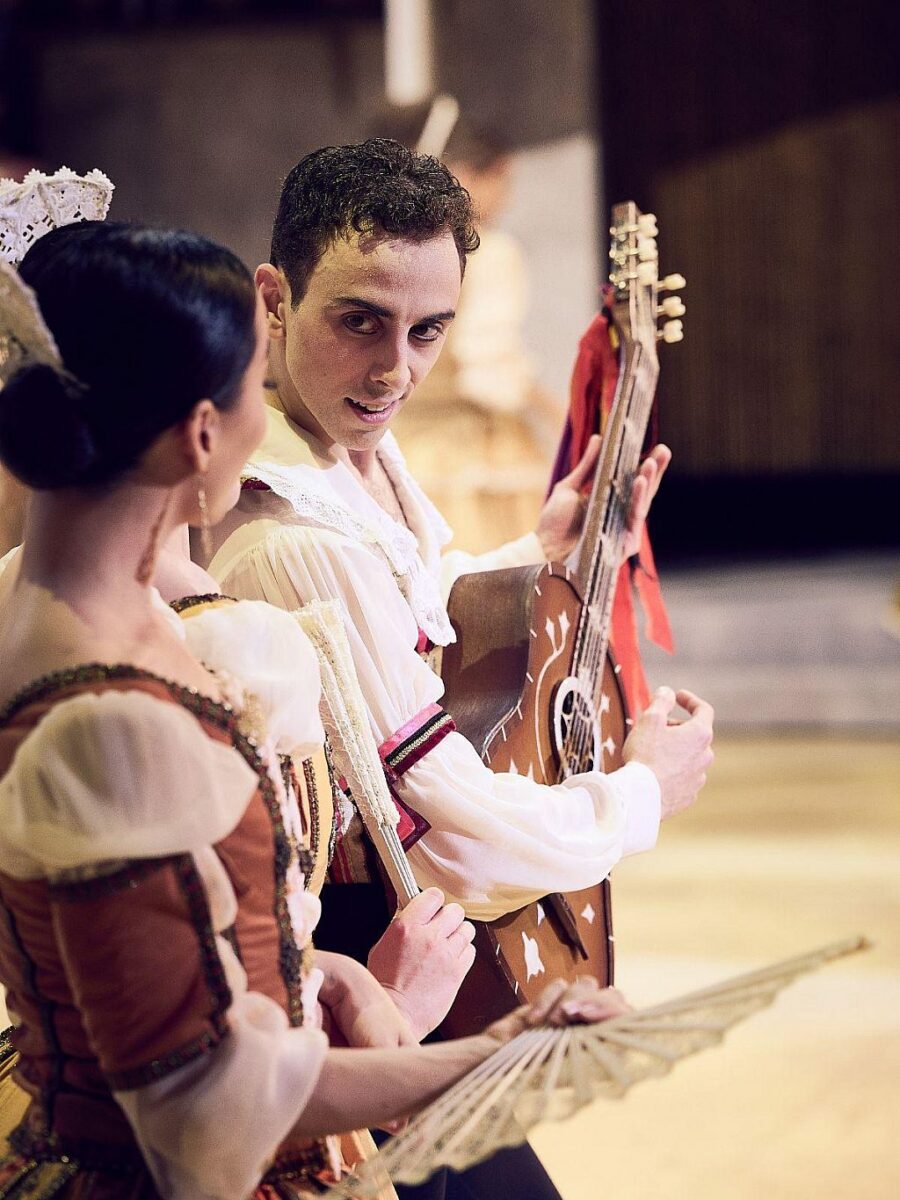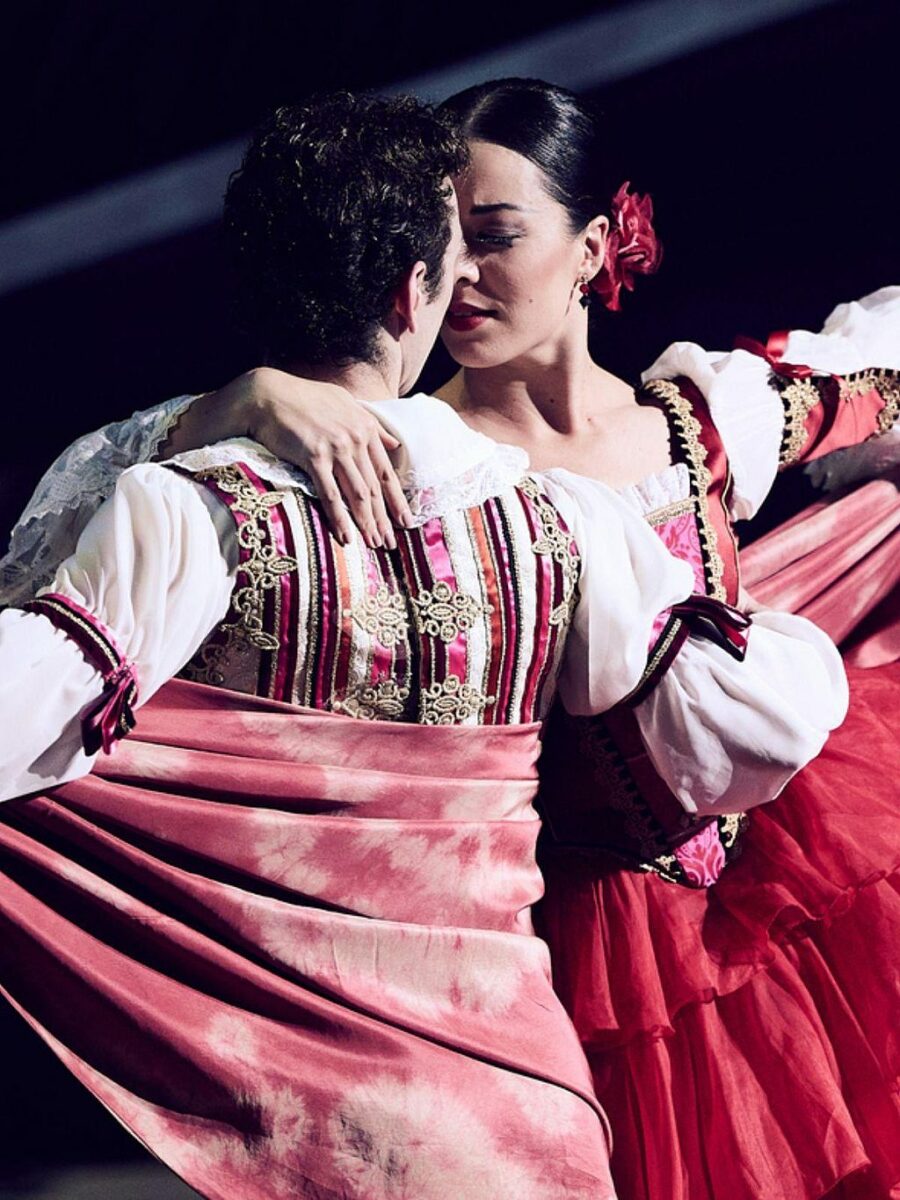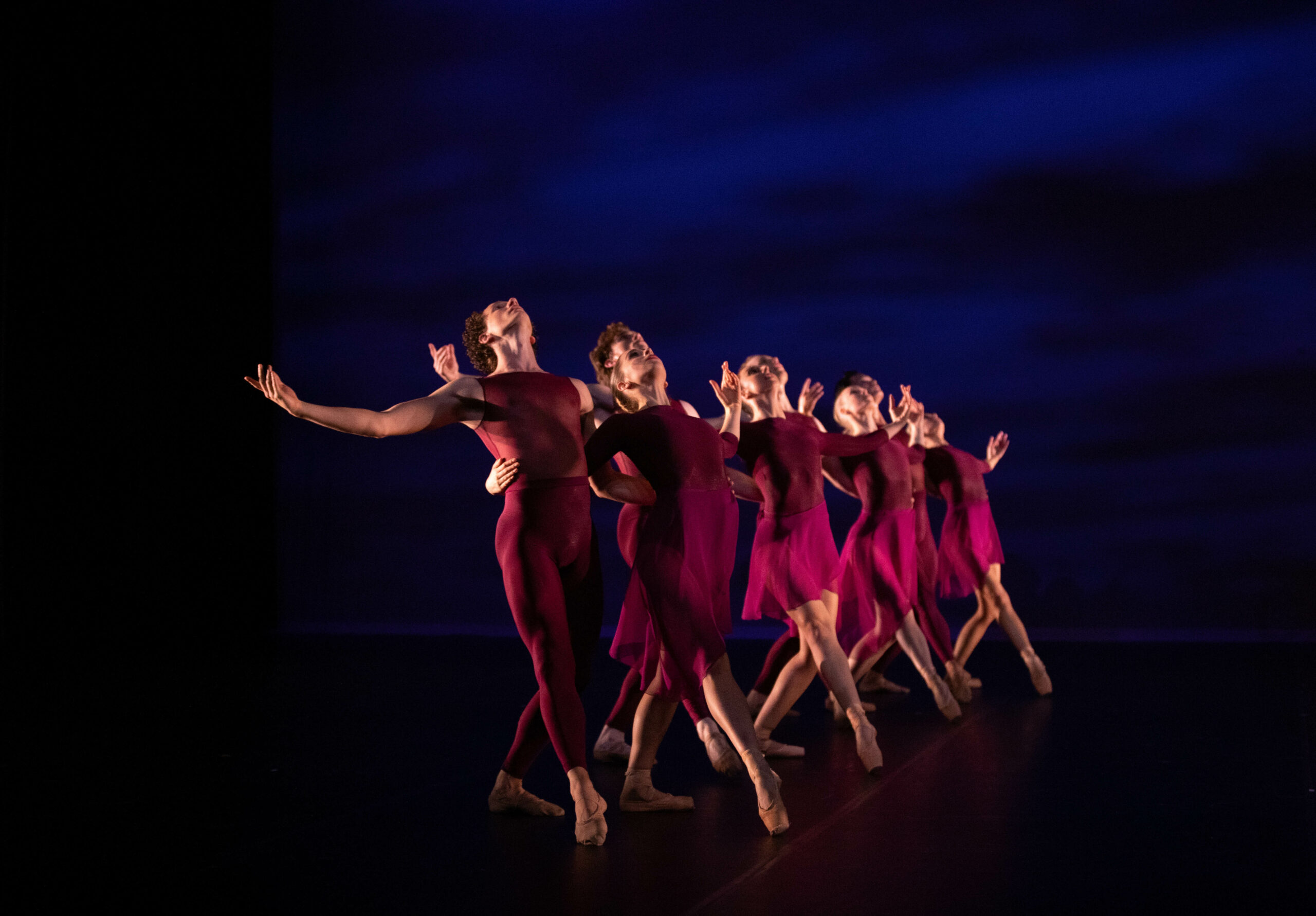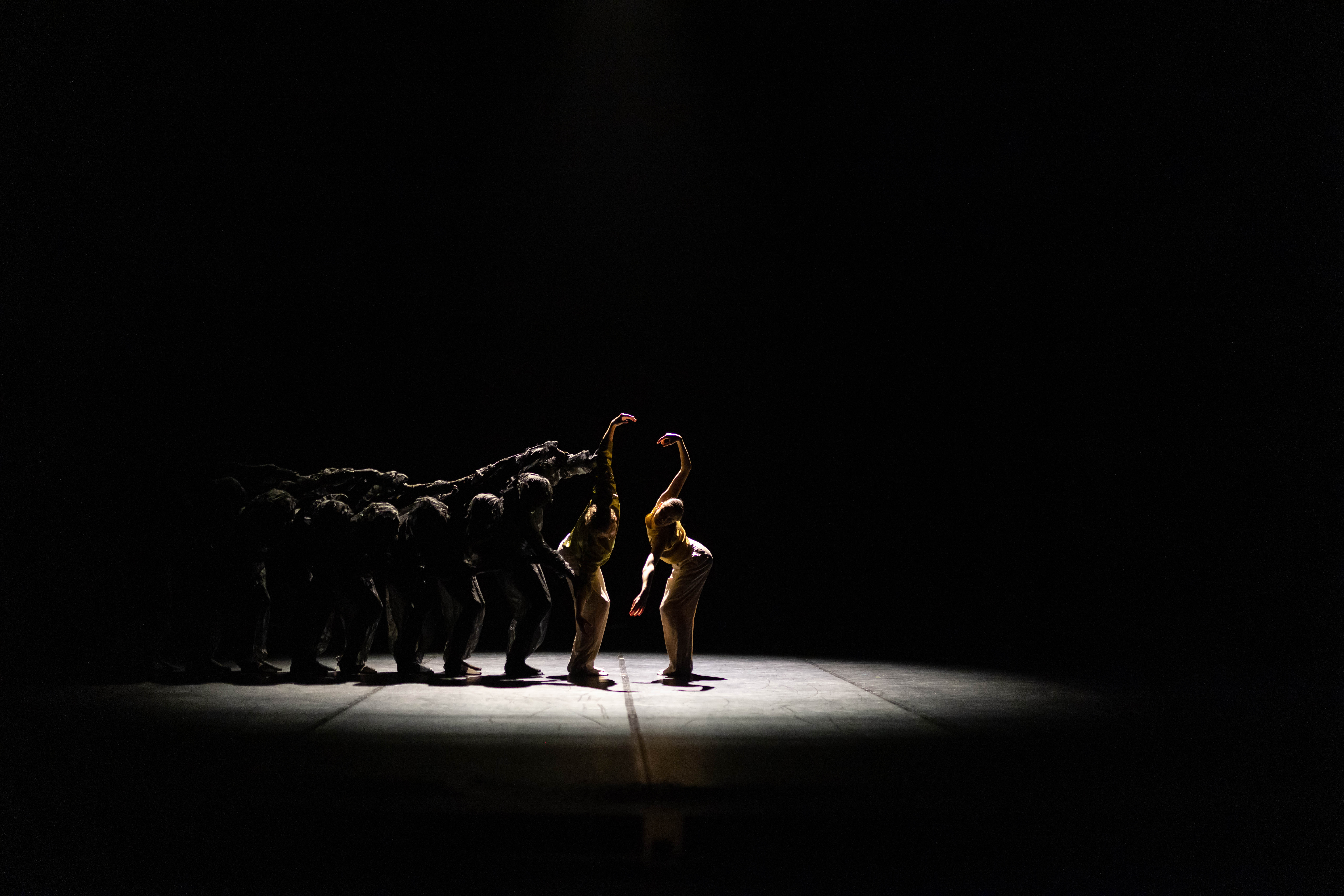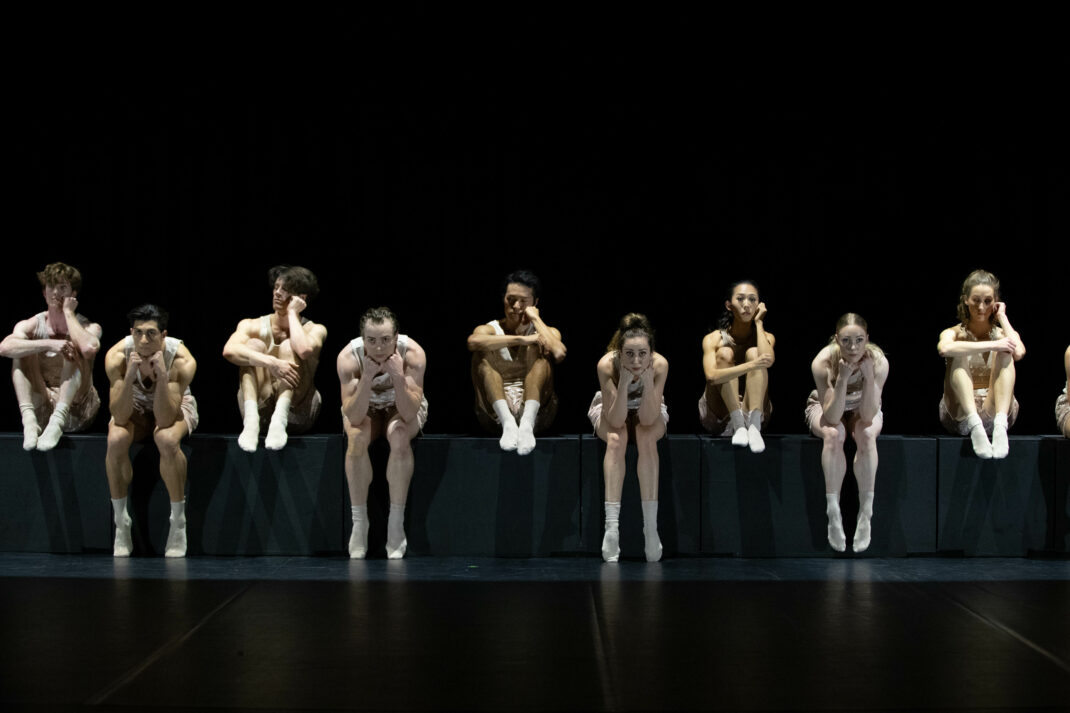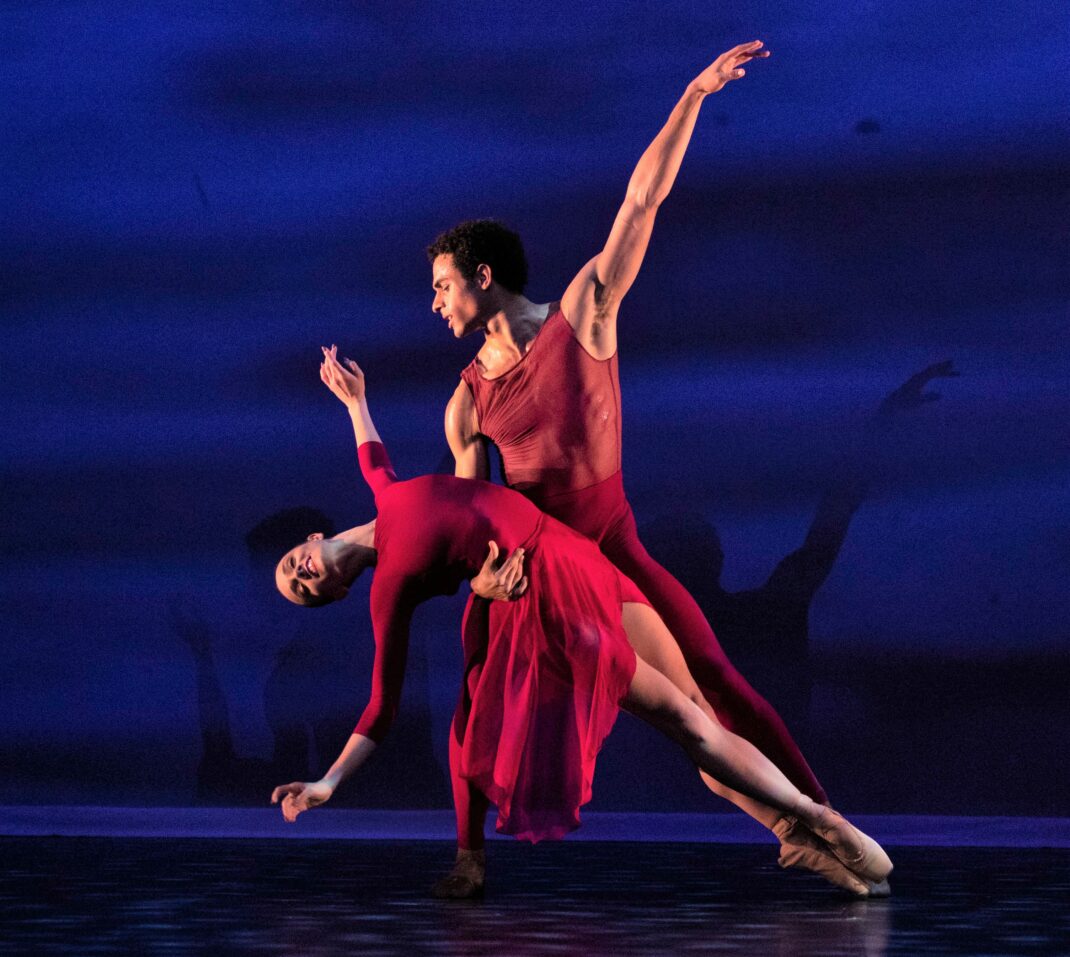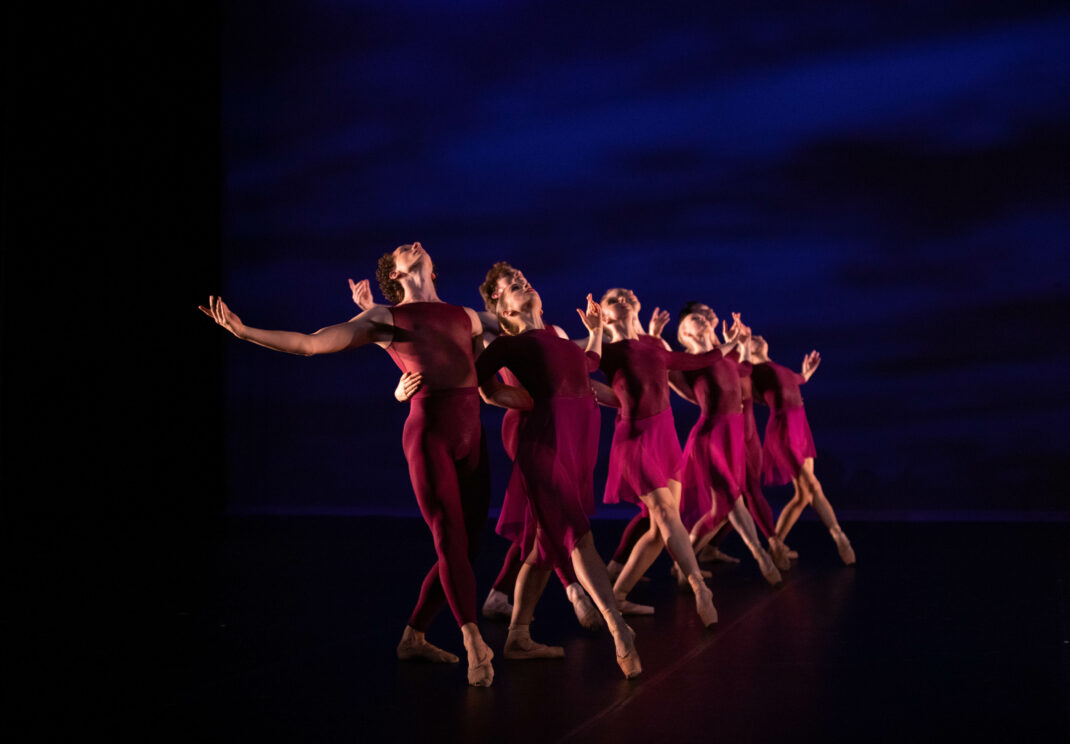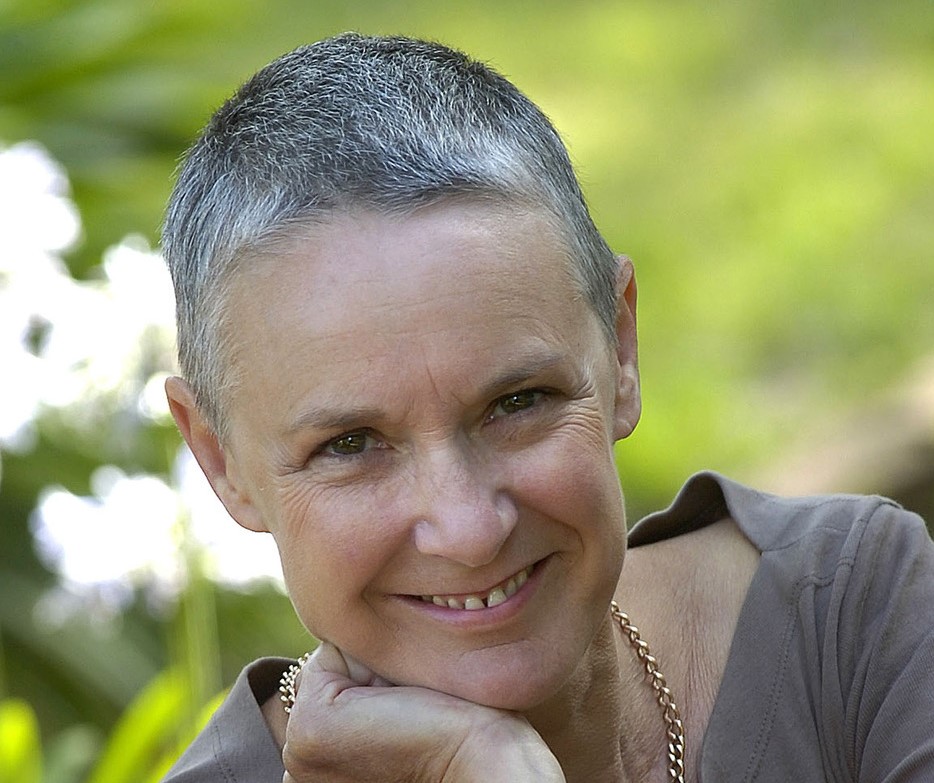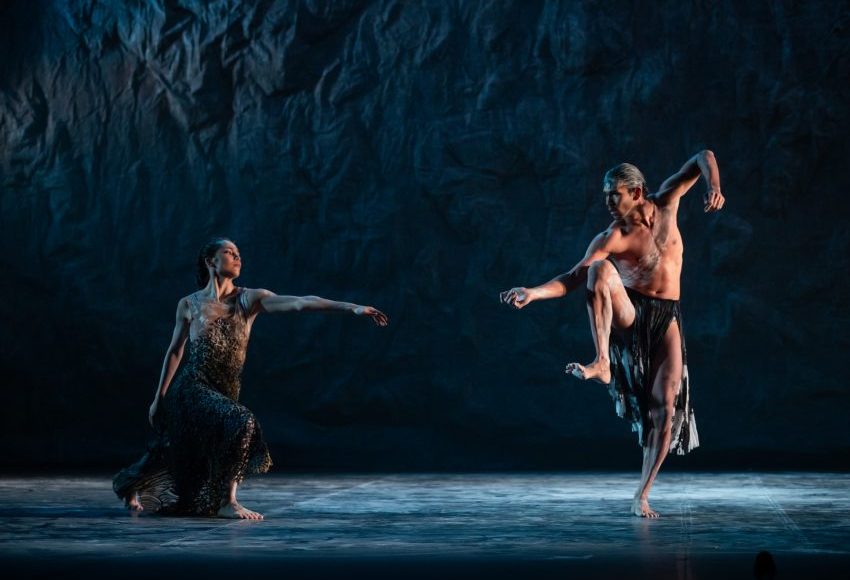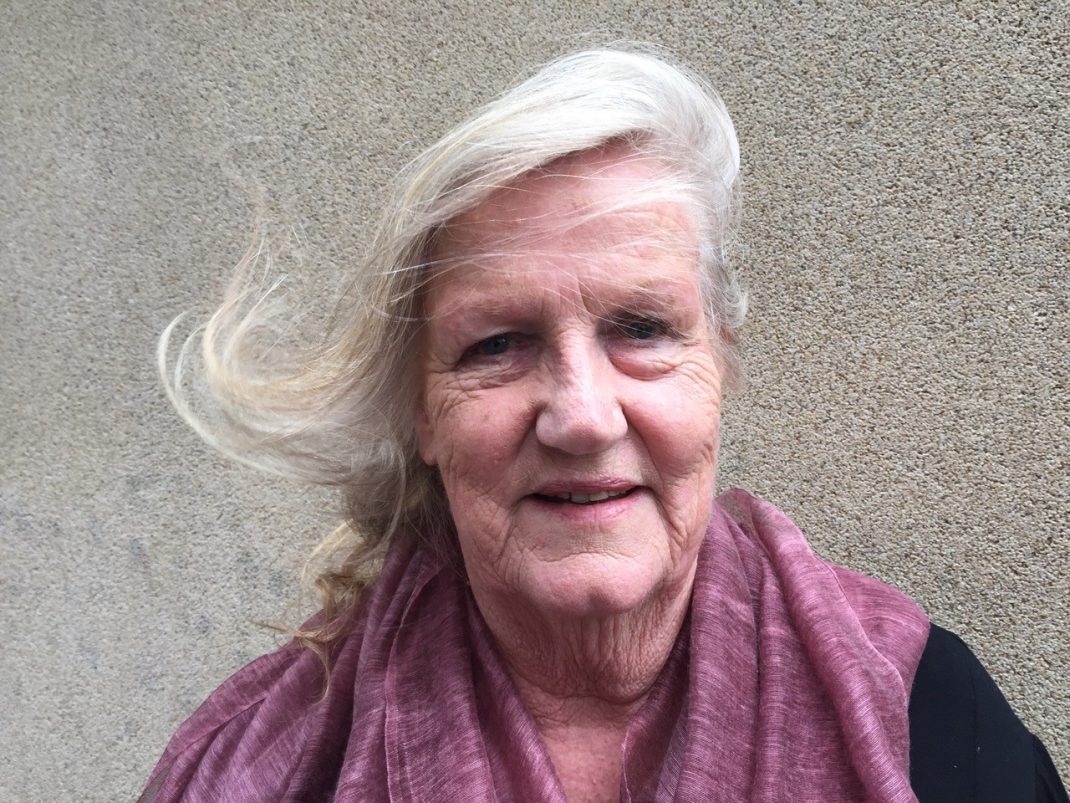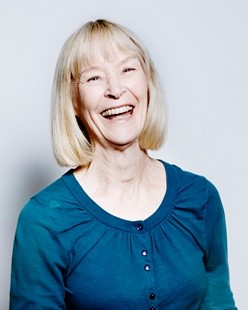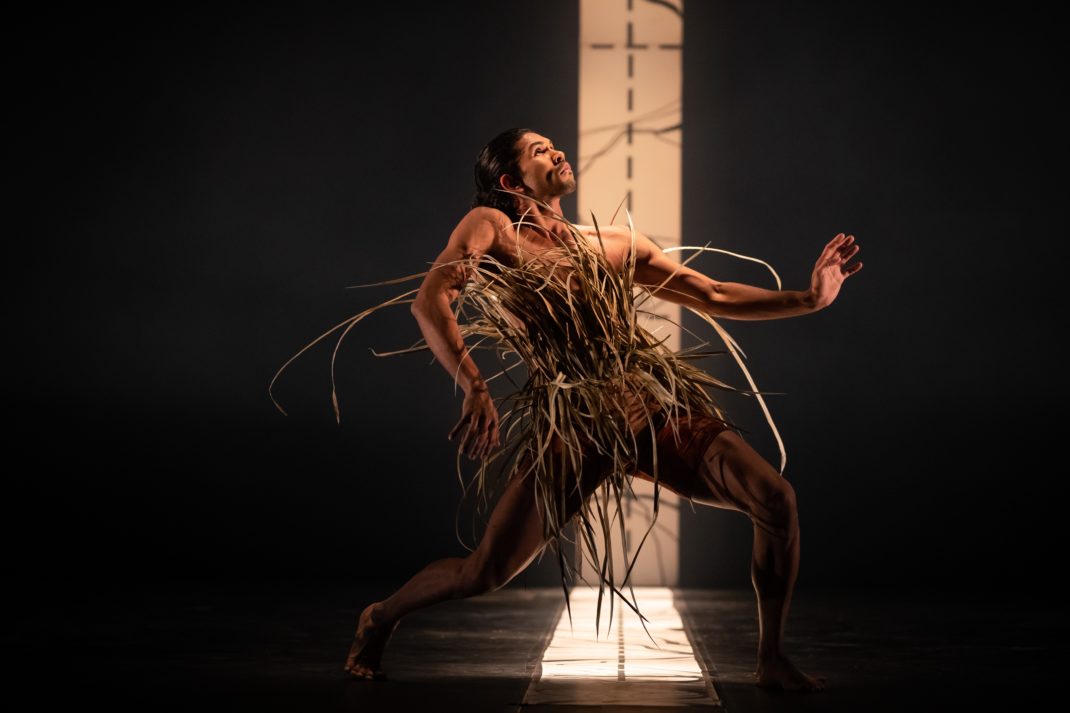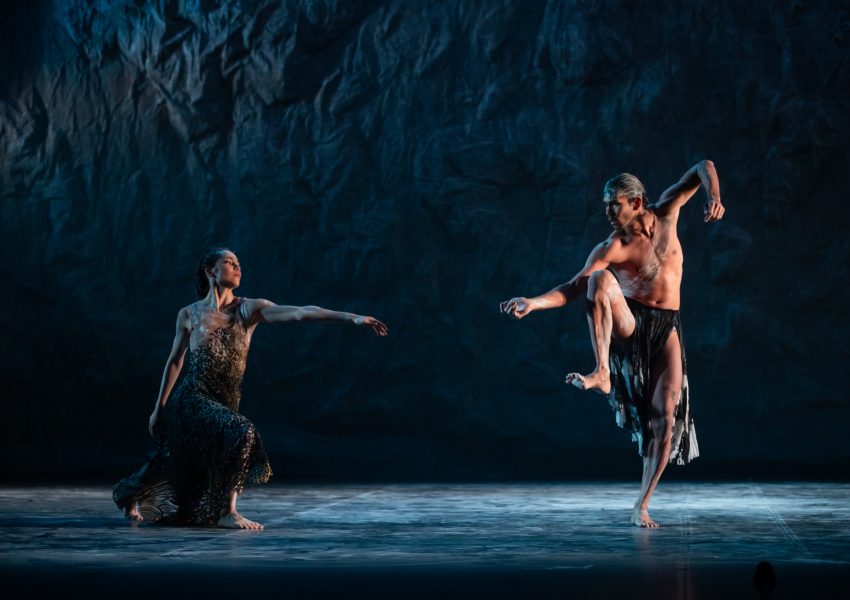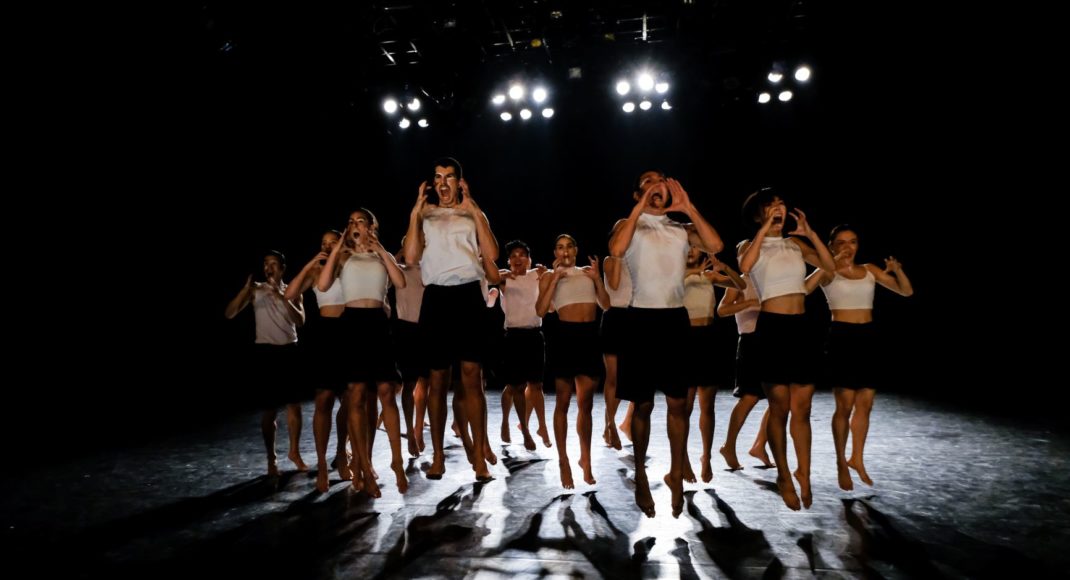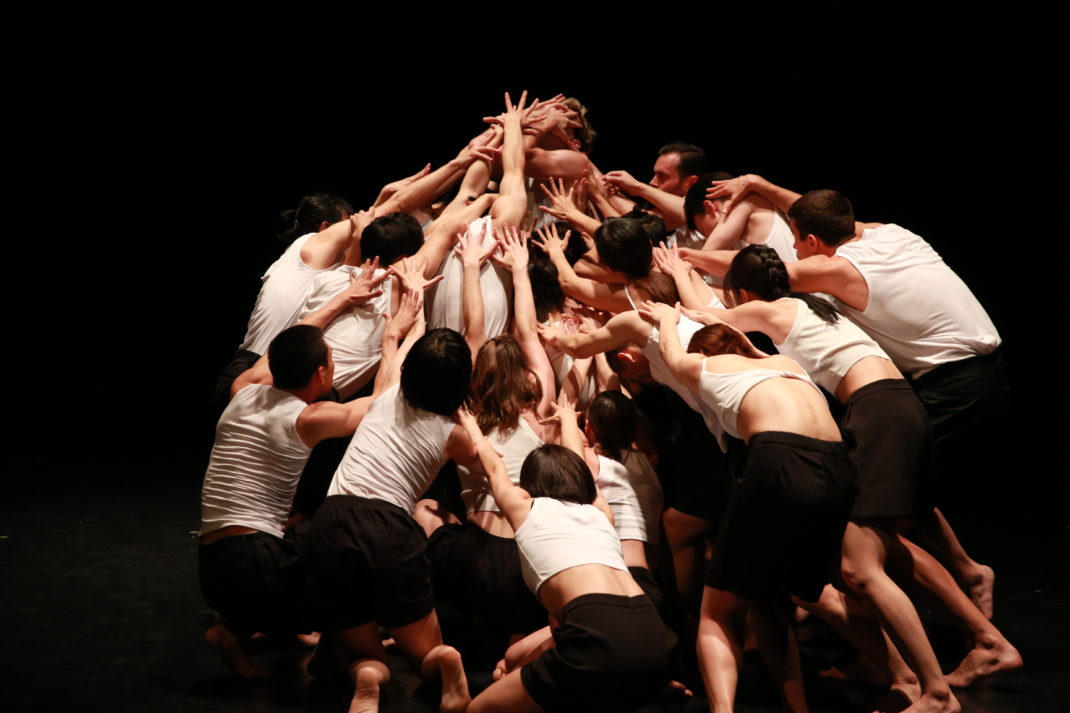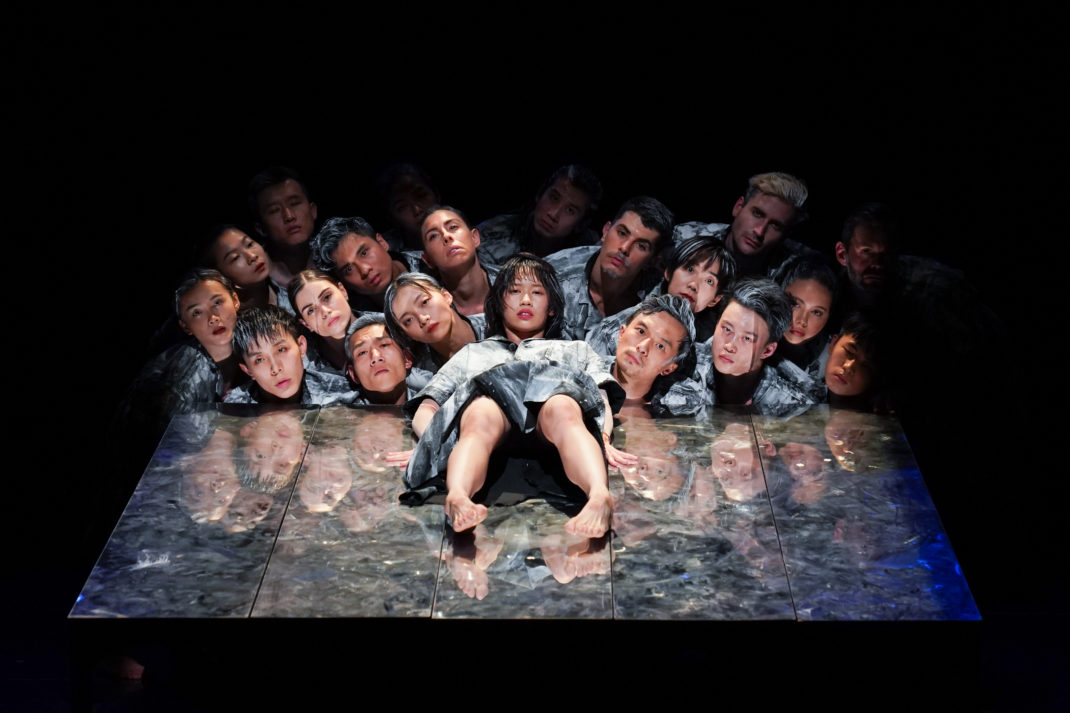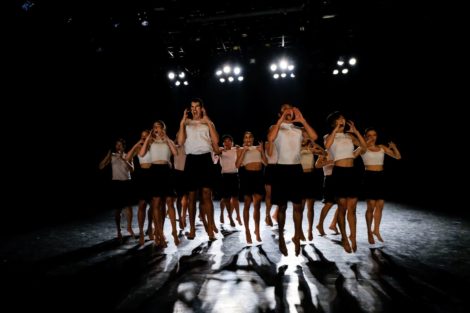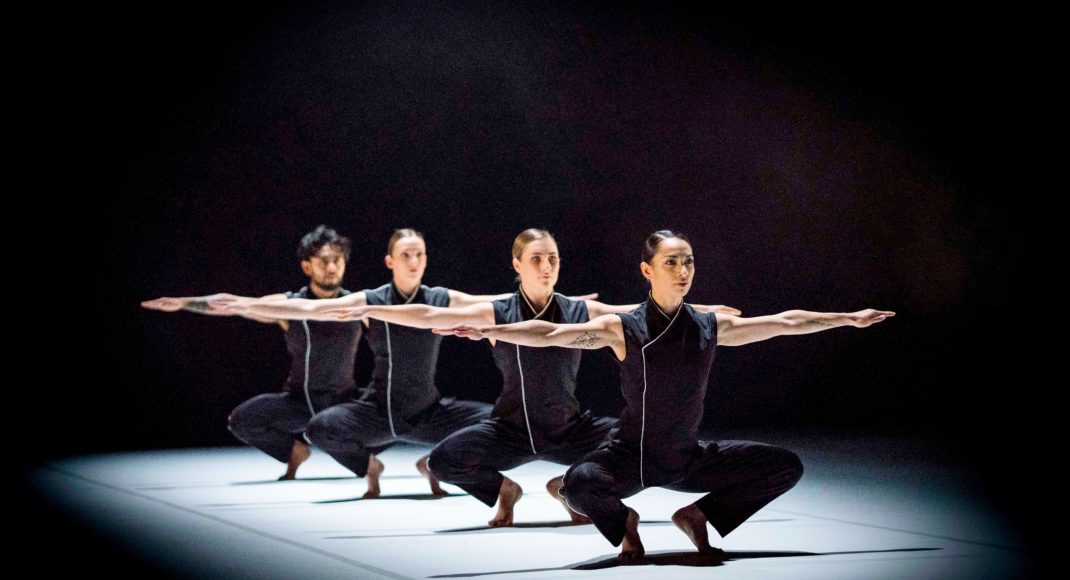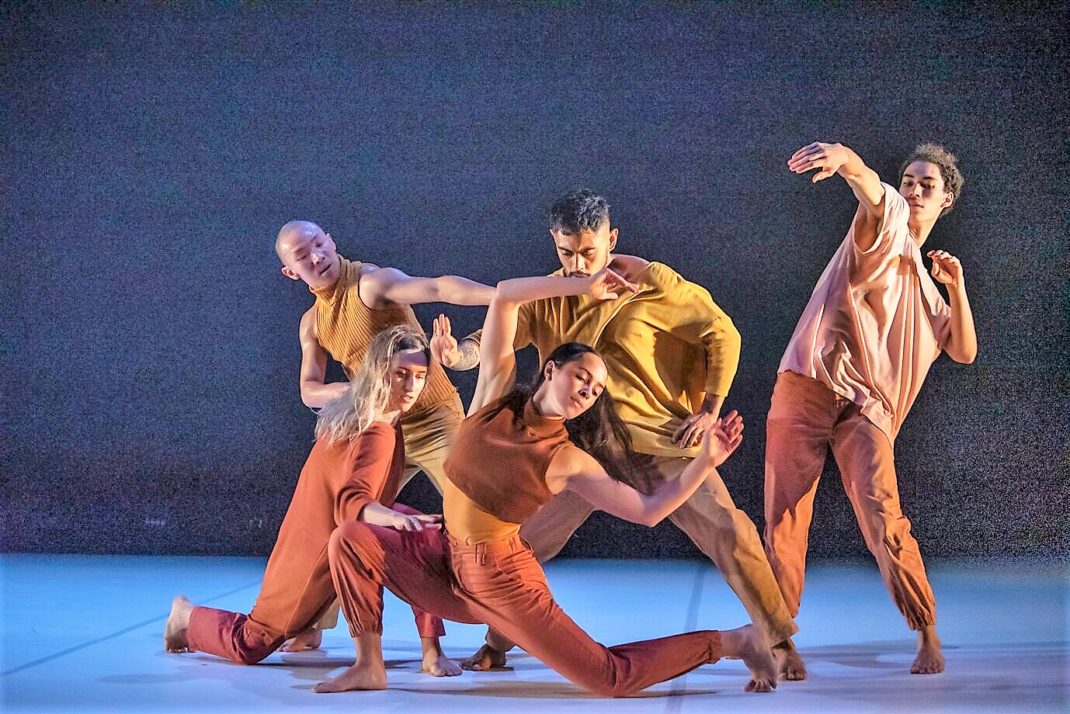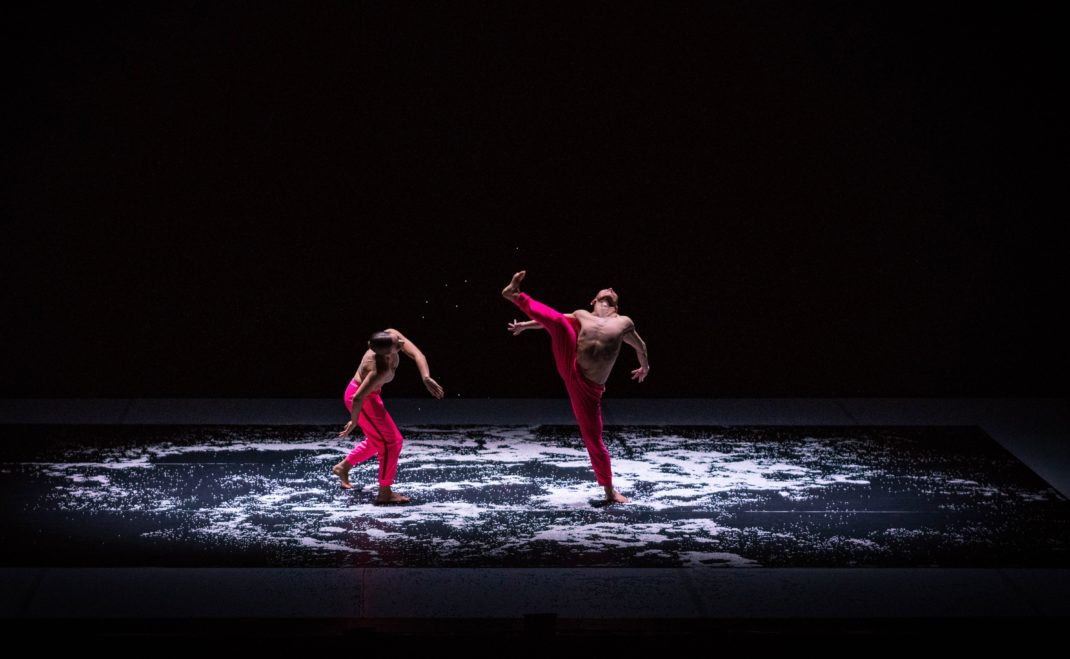- Kristian Fredrikson Scholarship
Given the publication of my book, Kristian Fredrikson. Designer by Melbourne Books in 2020, I am always interested in the winners of the biennial award of the Kristian Fredrikson Scholarship. My book would never have been published without the generous donations I received via the Australian Cultural Fund, and from royalties owing to Fredrikson during the year I was struggling to assist financially with the book’s publication. The committee that administers the scholarship was hugely supportive throughout all aspects of the book’s production.
The 2024 winner of the Kristian Fredrikson Scholarship is Charles Davis who graduated from NIDA in 2014, and who has also studied architectural design at Monash University. He has designed for Sydney Theatre Company, West Australian Opera, Opera Queensland, Pinchgut Opera and other theatrical groups. As far as his input into dance productions goes, Davis was set designer for the Australian Ballet’s recent production of Stephanie Lake’s Circle Electric. Incidentally, another recipient of an earlier Kristian Fredrikson Scholarship, Paula Levis, designed the costumes for that same production.
- Frank van Straten (1936–2024)
This is a somewhat belated comment on the death of Frank van Straten, who died in Melbourne in April 2024. Van Straten was an amazing historian of the theatre across a range of genres and was the first archivist at Melbourne’s Performing Arts Museum (now the Australian Performing Arts Collection). I remember him particularly for his hugely valuable contribution to Graeme Murphy’s Tivoli, a joint production between the Australian Ballet and Sydney Dance Company, which premiered in 2001 to commemorate Australia’s Centenary of Federation. Van Straten acted as historical consultant for the work, which honoured and celebrated the Tivoli circuit and the remarkable nature of its repertoire. His input helped make Tivoli an exceptional ‘dance musical’.

Van Straten’s knowledge of theatrical history in Australia was vast and I recall a post on this website in which, in a comment, he helped with identifying a particular Sydney-based teacher working in the 1930s named Richard White. His books on Australian performing arts history, too, have often given me information that I had struggled to find elsewhere. He was a truly generous person.
I can’t call this comment an obituary, but for what I would call an obituary see the article in Stage Whispers. Listen, too, to van Straten discuss the nature of Tivoli performances as recorded by Philippe Charluet on film at this link. Oral historian Bill Stephens has also recorded an interview with van Straten for the National Library of Australia’s oral history program. It currently requires written permission for access, but that may change in the near future following van Straten’s death. Here is the current catalogue link.
- Backstage notes
Jennifer Shennan drew my attention to a recent article in The Guardian called Wings, Wigs and Wonder. It takes the reader backstage during a performance by Birmingham Royal Ballet and is called a ‘photo essay’. It has some interesting backstage images included within the text, which was written by Katie Edwards. Read at this link.
- Recent Reading
In my dance diary for April 2024 I wrote about Deborah Jowitt’s recent publication Errand into the Maze. The Life and Works of Martha Graham, which to my mind was not always the easiest of reads, despite Jowitt’s extensive research and very strong dance background. As fate would have it, however, while mulling over Jowitt’s publication I came across an interesting article by Marina Harss, whose work I much admire, called On Point: Martha Graham’s Perfect Partnership with Isamu Noguchi. It’s available (at least for the moment) at this link.
Currently I am reading another of the books I bought at the recent Canberra Lifeline Book Fair—Isadora. A sensational life by Peter Kurth (Paperback edition, 2003). In an early page entitled ‘Press for Isadora‘, one comment is, ‘There is never a dull moment in Peter Kurth’s action-packed biography…’. True! Much of what is mentioned does not appear in other books about Isadora, or not nearly to the same extent. Nevertheless, with its different focus it provides another perspective on her life, perhaps with the word ‘sensational’, which appears in the book’s subtitle, emerging as characterising that different focus. Dance is probably not the major focus!
- Press for May 2024
‘Dancers perform strong farewell to Ruth Osborne.’ City News (Canberra), 17 May 2024. Online at this link
Michelle Potter, 31 May 2024
Featured image: Cameron Holmes and Maxim Zenin in Circle Electric. The Australian Ballet, 2024. Photo: © Daniel Boud
